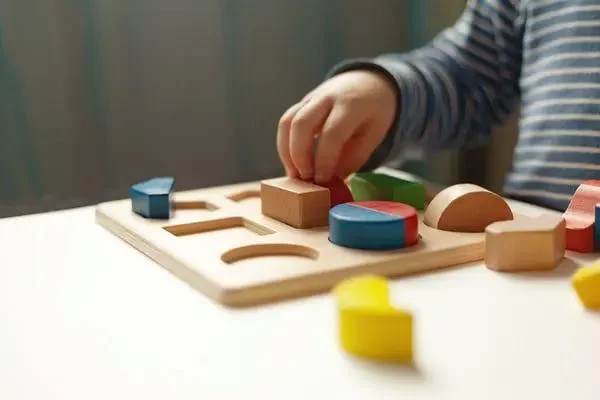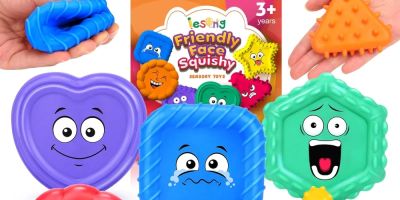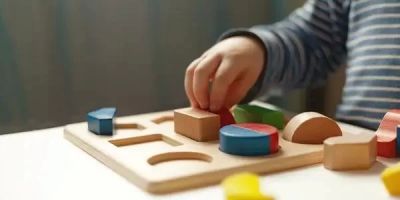
1. Understanding Age and Developmental Stages
Choosing the right toys means more than picking what looks fun or trendy. Knowing how to select toys based on age and stage of development ensures children receive appropriate stimulation that supports their cognitive, emotional, and physical growth. Each stage of childhood brings unique abilities and learning needs, making age-appropriate toys essential for nurturing these milestones.
Developmental stages typically range from infancy through early childhood to pre-school and beyond. During infancy, sensory exploration and motor skill development dominate, while toddlers focus more on problem-solving and imagination. Recognizing these stages helps caregivers make informed toy choices that engage children meaningfully.
1.1 Why Developmentally Appropriate Toys Matter
Providing toys mismatched to a child's age can lead to frustration or boredom, hindering learning. Conversely, toys that challenge yet are achievable encourage confidence and curiosity. For example, a simple stacking toy promotes fine motor skills and hand-eye coordination in infants but might bore an older child seeking creative play.
2. Criteria for Selecting Age-Appropriate Toys
Several key factors guide the selection process beyond just age recommendations on packaging:
2.1 Safety and Material Quality
Especially for younger children, non-toxic materials and absence of small parts that pose choking hazards are paramount. Safe design ensures worry-free play and allows kids to explore freely.
2.2 Educational and Developmental Value
Toys should promote skills relevant to the child’s current developmental phase. These include sensory development, language skills, social interaction, and creativity. Toys that evolve with the child’s growth offer extended value.
2.3 Interest and Engagement Level
Children’s interests vary widely. Observing what naturally captivates a child helps in selecting toys that sustain attention and foster positive play experiences.
3. Toys for Specific Developmental Stages
Understanding examples of toys suited to different stages clarifies how to tailor choices effectively:
3.1 Infants (0-12 Months)
At this stage, toys that stimulate the senses such as textured rattles, soft books, and mobiles support early brain development. Safe mirrors and grasping toys encourage self-recognition and fine motor skills.
3.2 Toddlers (1-3 Years)
Toddlers benefit from toys that promote walking, stacking, and problem-solving like building blocks, push toys, and simple puzzles. These toys enhance coordination and cognitive skills.
3.3 Preschoolers (3-5 Years)
Imaginative play becomes key. Dress-up sets, art supplies, and interactive games encourage creativity, language development, and social skills. Toys that invite role-playing help children understand the world.
4. Real-Life Stories and Insights
Parents and educators often share enlightening experiences on how choosing toys based on developmental stages has transformed playtime and learning:
4.1 Encouraging Language Through Play
A mother of a two-year-old noticed her child’s vocabulary blossomed after introducing interactive storybooks and sound toys. This case illustrates how thoughtful toy selection can accelerate language milestones.
4.2 Building Confidence with Age-Appropriate Challenges
One preschool teacher observed children’s problem-solving improve dramatically after integrating puzzles suited to their developmental level, proving that well-chosen toys can boost cognitive skills and self-esteem.
5. Professional Recommendations for Toy Selection
Experts recommend consulting trusted sources and retailers to find toys that best fit your child’s developmental needs:
5.1 Consulting Child Development Specialists
Professionals can offer personalized advice based on a child’s growth patterns and preferences, helping avoid mismatched toy choices.
5.2 Trusted Products from Knight Toys
For a wide selection of developmentally appropriate and safe toys, Knight Toys provides expertly curated options. Their guidance ensures every toy you choose supports your child’s journey with fun and educational value.
Mastering how to select toys based on age and stage of development empowers caregivers to foster growth, joy, and learning. By focusing on safety, educational content, and engagement, you can enrich every play session meaningfully.





